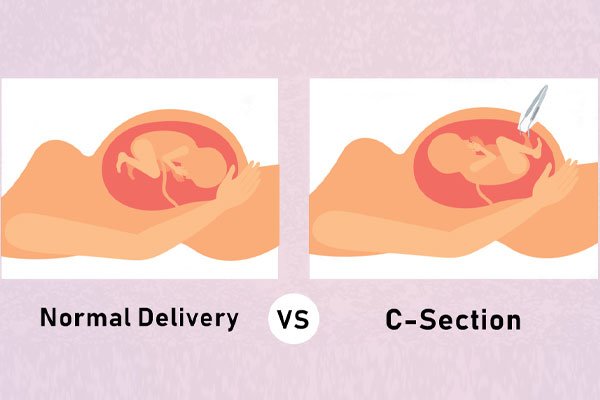
It is defined as a natural way of bringing the baby into this world. It is not difficult to have natural and normal childbirth unless you have some medical complications. The vaginal birth process helps in having a healthy baby and a quick recovery.
You may experience changes a few weeks before the expected due date. However, the signs vary from one woman to another and from pregnancy to pregnancy.
Symptoms that appear one to four weeks before labour:
A cesarean delivery — also known as a C-section or cesarean section — is the surgical delivery of a baby. It involves one incision in the mother’s abdomen and another in the uterus.
It’s a common procedure that’s used to deliver nearly one-third of babies in the United States, according to the Centers for Disease Control and PreventionTrusted Source.
Cesarean deliveries are generally avoided before 39 weeks of pregnancy so the child has proper time to develop in the womb. Sometimes, however, complications arise and a cesarean delivery must be performed prior to 39 weeks.
A cesarean delivery is typically performed when complications from pregnancy make traditional vaginal birth difficult, or put the mother or child at risk.
Sometimes cesarean deliveries are planned early in the pregnancy, but they’re most often performed when complications arise during labor.
Reasons for a cesarean delivery include: